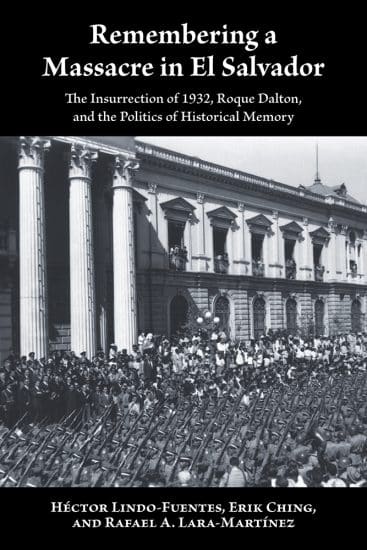 On January 22, 1932, in the Central American nation of El Salvador, 30,000 people — most of whom were indigenous — died at the hands of Salvadoran soldiers for protesting the government and the oppressive policies of president Maximiliano Hernández Martínez.
On January 22, 1932, in the Central American nation of El Salvador, 30,000 people — most of whom were indigenous — died at the hands of Salvadoran soldiers for protesting the government and the oppressive policies of president Maximiliano Hernández Martínez.
In the 1920s, the price of coffee dropped steeply, threatening the oligarchs’ export business. To make up for their loss of profits, the ruling families took over even more land from peasants and cut their workers’ wages in half. Following elections in 1932, in which the government refused to seat elected members of the Communist Party, Salvadoran peasants organized a popular insurrection to demand better living and working conditions. Most of these peasants were part of the indigenous population. The government responded to the strike by massacring an estimated 30,000 people, or 4% of the population, in one week.
This event became known as “La Matanza,” or “The Massacre.” The military government established following La Matanza went on to ban every vestige of indigenous culture, including language, traditional clothing, and music. To avoid further persecution and murder by government troops, the indigenous people began to hide all outward signs of their identity.
La Matanza and the military rule which followed set the political tone of the next several decades in El Salvador, as military dictators followed one another into the 1970s.
More than 30 years after La Matanza, the plight of the typical peasant in El Salvador had not improved, and in fact had grown worse, with even greater disparities in wealth and land distribution. In the 1960s there was a diversification of agriculture and increased industrialization. However the income of the majority remained below poverty level and there was very limited access to potable water, education, health care and full employment for a majority of the population.
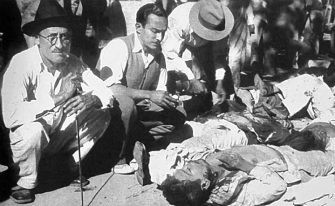
The living care for the dead, Sonsonate, El Salvador, 1932.
Though Martinez’s government was deposed in 1944 when peasants, workers, and professionals joined together for a general strike, it is important to note that the struggle for equality in El Salvador continued throughout the 20th century. Today, El Salvador is still dealing with wealth inequality, the mistreatment of indigenous people, violent conflict, and the phantoms of continual foreign involvement.
This description was adapted from an essay published as part of the Teaching for Change project, Teaching Central America.

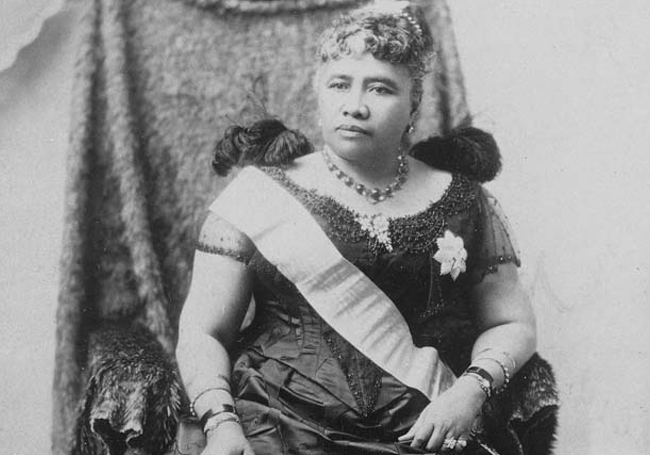

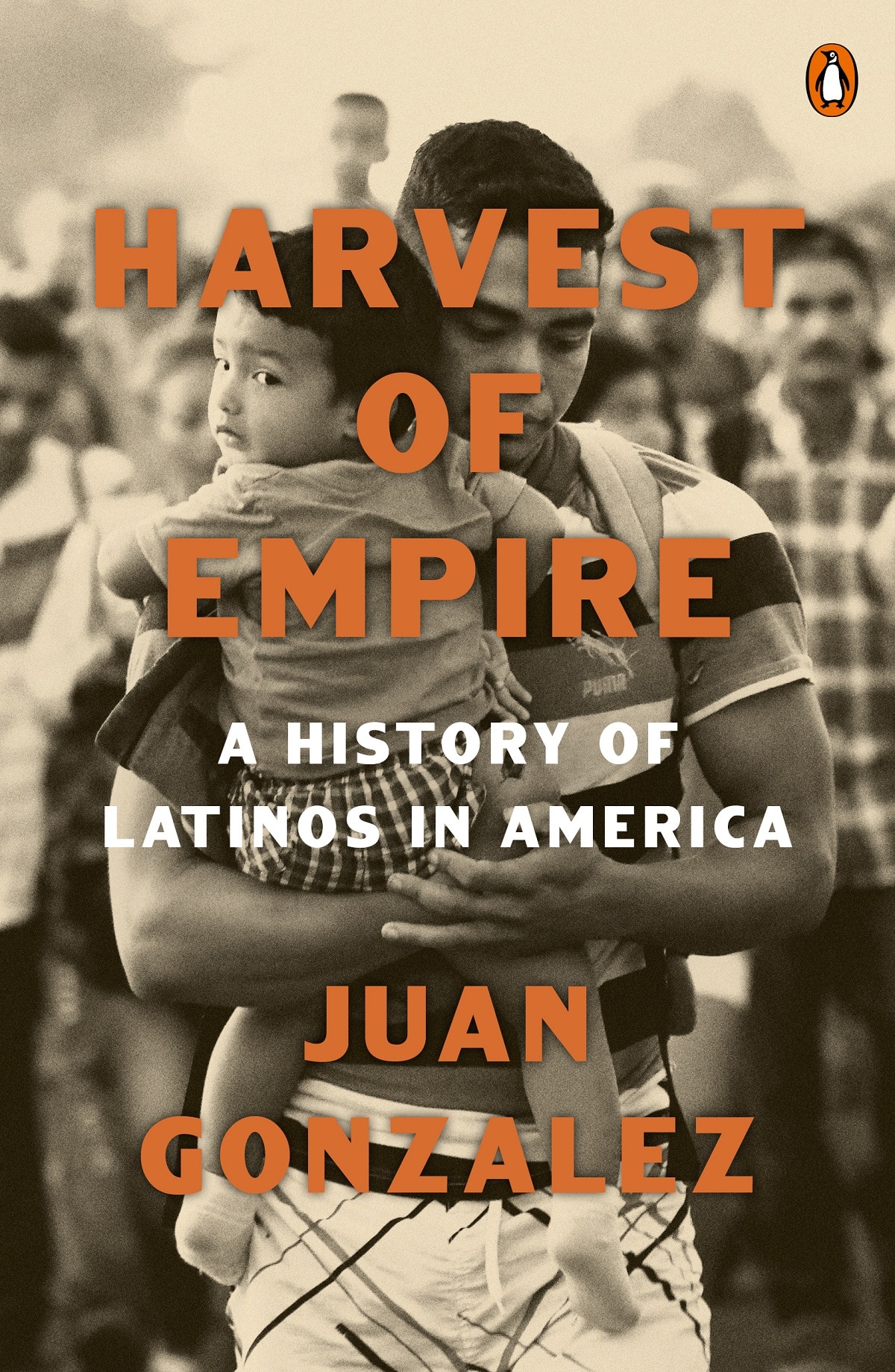
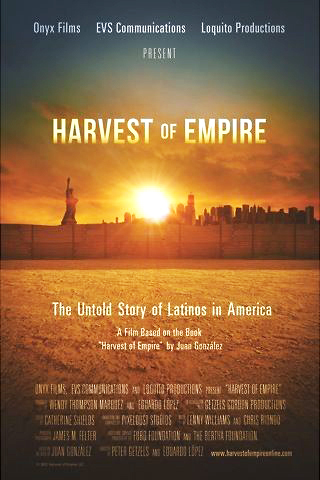

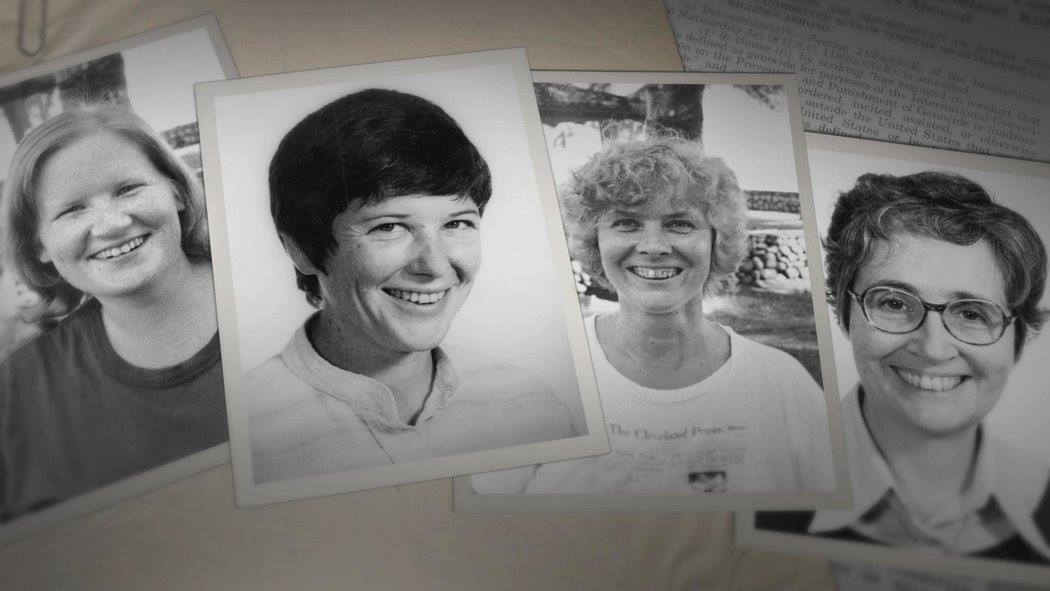
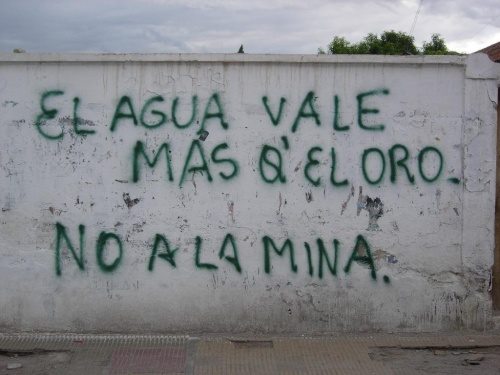





Twitter
Google plus
LinkedIn